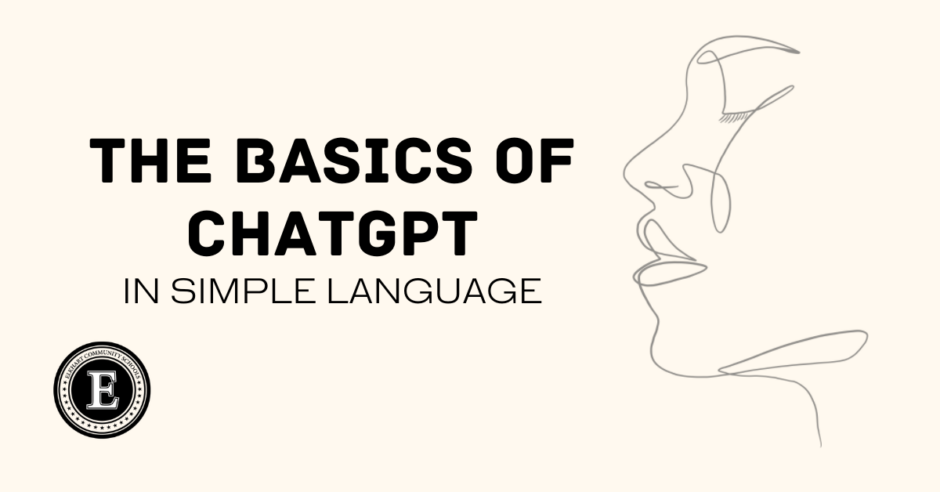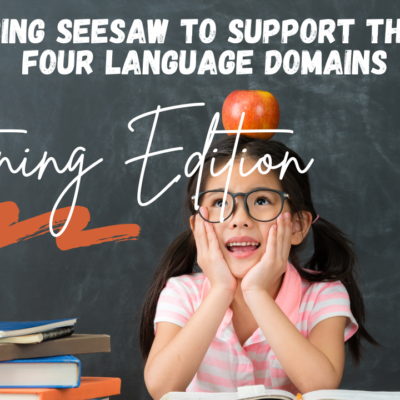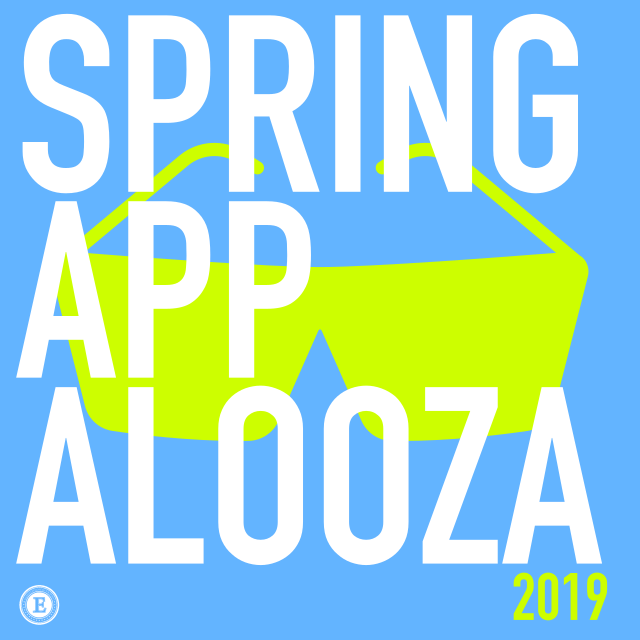Artificial Intelligence (AI) tools are nearly unavoidable now – and we’ve mentioned them more than once in stuff we’ve published. We want to make sure that we’re talking about what these tools are and not just how you can use them in the classroom. I’m hoping this post can be a resource for you, dear reader, to help you make informed decisions about how – or even if – you want to start using AI in your work.
Listen instead
Holly and Brian recorded the content of this blog post as a podcast. If you’d prefer to listen to the discussion, here’s the episode:
A brief history
The term “artificial intelligence” was coined way back in 1956 as “getting a computer to do things which, when done by people, are said to involve intelligence.” This is a really broad definition and can be used to categorize all kinds of tools. In general, AI today is any program that can do things that people used to have to do. In education, this could be tools that generate questions on the fly, summarize text, or collates information from several sources into one place.
For context, “machine learning” (ML) is another term you may hear, which is getting computers to act like people and perform tasks on their own. ML is a subset of artificial intelligence and takes the next step of adding “training” to the process.
Ok, so what is training? A metaphor for training is that data is fed to the AI and the underlying software digests the data in to usable information. The program analyzes the training data and begins to identify patterns and relationships that can be referenced. This is done with millions – or billions – of inputs over time. Once the model is fed, it is given novel situations or prompts. Based on the model’s responses, the program has a “reward” or “punishment” which helps improve the responses. More data + more training = better models.
I’m putting quotes around several of these terms because they’re good metaphors for what is happening in the software. It’s important to remember that computers are able to find and reply based on the training data. They are not creating new knowledge or synthesizing information – it always replies based on what training it has received and how that model has been molded into replying in a given way.
What is AI today?
ChatGPT is by far the most popular AI tool. It is a “generative AI,” which means it takes information it has been trained on to provide plain-language responses to prompts. In short, it’s a website where you can give it a prompt and the software will reply as if it were a person performing the task or answering the question.
To do this well, ChatGPT uses a Large Language Model (LLM) to find associations and build responses. This model was created using tons and tons of text. In fact, the company which built ChatGPT used the entire Internet as the training data. Programs would grab text from websites and feed it into ChatGPT and the model would then sort all of that information into a network of associations.
When you write a question or prompt into ChatGPT, what is it doing? Remember – the program was trained to give responses. It takes your input, finds associations, and then replies by looking for the “best next word” in the answer. Because the training was so vast, its responses are often detailed, include factual information, and can be formatted into different styles and tones.
What does this mean for me?
There is no doubt this kind of tool can be useful. Creative work is often a remix of other ideas and using ChatGPT to play with an idea can help you in your work. It’s important to remember that these are computer programs simply responding following associations. They cannot think and they do not learn in the way that we think of with students – these AI models cannot synthesize ideas and do not show understanding. They simply take information and return patterns based on how they were trained.
As teachers, some of these tools can help. For example, you could use ChatGPT to generate a list of comments for students who work well with others. The list of responses can help you articulate some ideas you wouldn’t have done otherwise. You can also quickly generate questions around a piece of factual information to do some DOK 1 checks with your students. Other examples you might see shared are less helpful, like generating rubrics for assessment, because they lack the context required to give thorough, actionable feedback.
As with most things, my recommendation when I’m asked, “should I use ChatGPT?” is, “it depends.” Think about what you’re trying to do and why you’re trying to do it. Keeping in mind what AI can and can’t do, looking through the hype of the explosion of new apps and tools, will help you make better, more impactful decisions.
Quiz yourself
Here’s a short true/false quiz you can try out. What’s something that surprised you? What misconception did you have? Leave us a comment or question and we’ll be happy to answer as many as we can!



